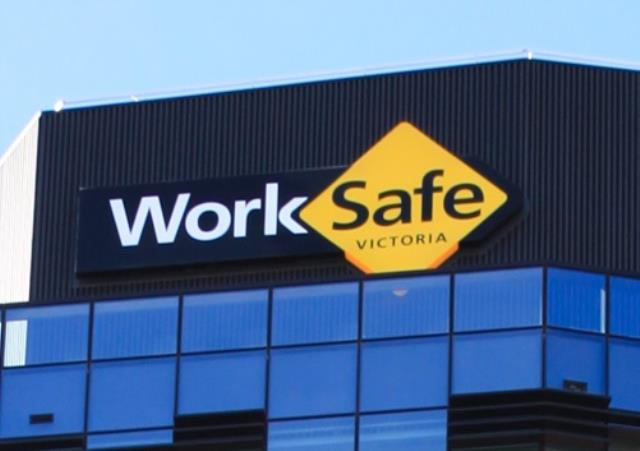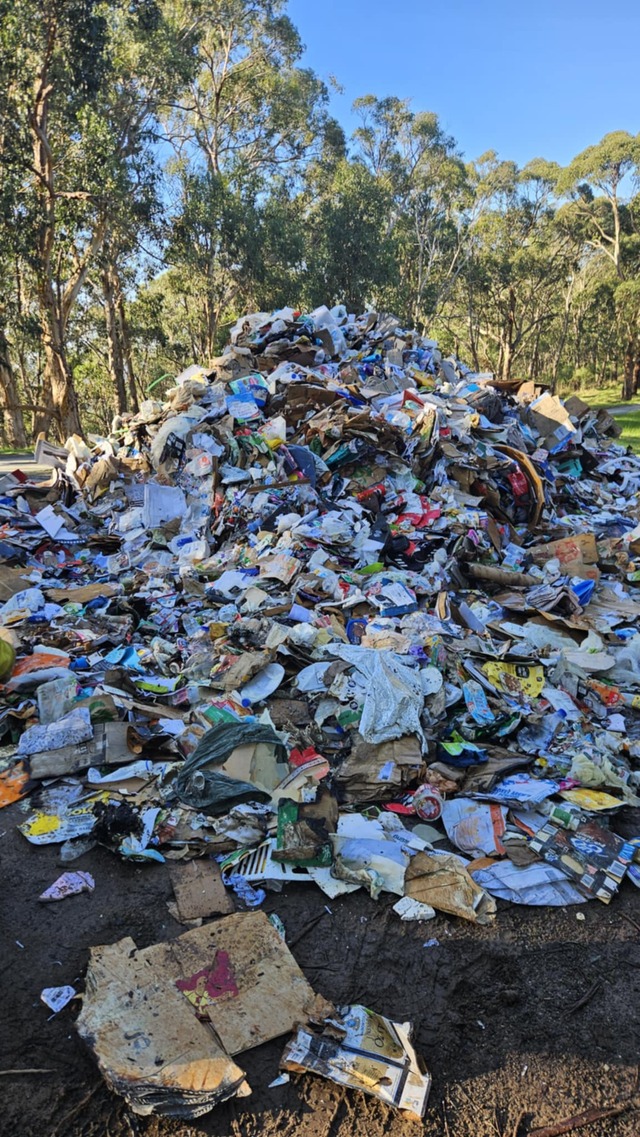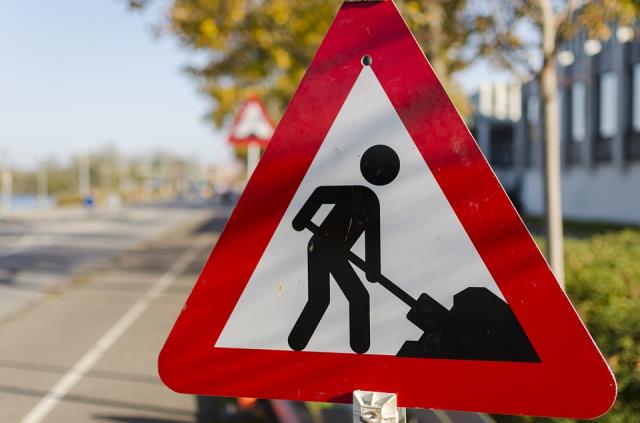Employers and workers are being reminded that even a small falling object can hit hard – from a seemingly harmless bolt striking with the force of a fast motorcycle to a sledge hammer packing the punch of a city bus.
Falling objects remain a leading cause of workplace harm in the building industry and also pose a risk to members of the public near work sites, with more than 280 construction workers injured since the start of 2023 and countless near miss incidents in recent years.
To highlight the risk, WorkSafe has published an animated video outlining the circumstances and factors that led to a sprinkler head falling 26 storeys from a Melbourne construction site in March 2020, landing close to workers at street level.
WorkSafe’s dropped object calculator – which allows users to select the weight of an object to discover how much damage it could cause when falling from a certain height – estimates the sprinkler head would have struck the ground at more than 153 kilometres per hour, with the same force as being hit by a car on the street.
The video was produced as part of an Enforceable Undertaking worth more than $195,000 entered into with Multiplex Constructions Pty Ltd following the incident, which also includes funding the promotion of educational materials and a scholarship.
WorkSafe Executive Director Health and Safety Sam Jenkin urged construction workers and duty holders to watch the video, which uses investigation findings to recreate the incident and explains the steps that duty holders should have taken to reduce the risk.
“Every year hundreds of workers are seriously injured by falling objects,” Mr Jenkin said.
“Alarmingly, WorkSafe inspectors continue to see near misses where objects fall from construction sites – and it’s only luck that prevents someone below being seriously injured.”
The falling sprinkler head was just one of many serious incidents involving falling objects on construction sites in the past five years, including:
In September 2024, an 850 millimetre long steel smoke baffle falling from level 21 of a building under construction on to a public road in South Yarra.
In April 2024, a 50 millimetre piece of render falling from the fourth floor of a CBD construction site and striking a pedestrian on Rose Lane.
In November 2023, a six millimetre checker plate falling from a hoist on level six of a building under construction in the CBD, landing in an unlocked exclusion zone.
In December 2022, a mounting bracket weighing 12 kilograms falling 34 storeys onto Collins Street, before bouncing onto the footpath in close proximity to pedestrians.
In March 2022, a steel plate weighing around 12 kilograms falling between 13-15 storeys from a South Melbourne high rise project, narrowly missing a worker on the ground below.
In May 2020, an electrical testing device accidentally knocked into the lift shaft of a Melbourne office building hitting a worker 39 metres below.
Mr Jenkin said risk control measures for falling objects were well known so there was no excuse for duty holders failing to implement them.
“Things like gaps in safety screens on mid and high-rise construction sites, missing kick boards on scaffolding or debris or materials coming loose while being lifted can have devastating consequences for anyone caught below at the wrong time,” he said.
WorkSafe enforcement action against 10 companies for incidents involving falling objects in construction has resulted in more than $1.05 million in fines, costs and undertakings since start of 2023.
Employers and site duty holders must ensure they prevent falling objects by:
Eliminating the risk through off-site assembly of equipment that would otherwise be performed at an elevated edge.
Using containment systems or securing objects through substitution, isolation or engineering controls.
Using guardrail systems that incorporate mesh infill panels and kickboards.
Isolating the risk with barricades or fencing to create exclusion zones at ground level.
Implementing engineering controls such as perimeter safety screens, overhead protection gantries, enclosed perimeter scaffolding, and restraining loose material.
Using administrative controls such as lines markings and signage to advise lanyard systems are to be used on tools, or to monitor the possibility of windy weather.
To view the video, visit: worksafe.vic.gov.au/news/2024-10/catching-risks-falling-objects-they-strike.







